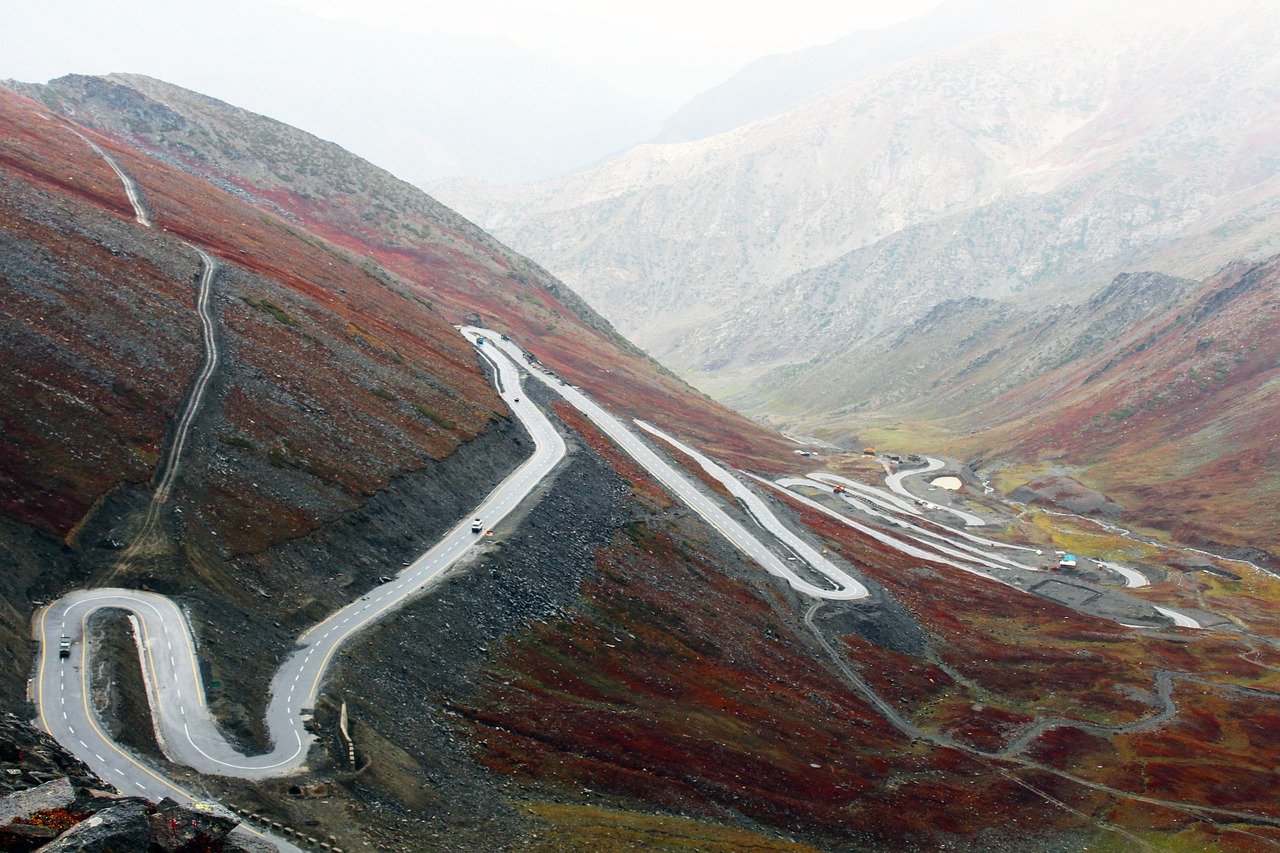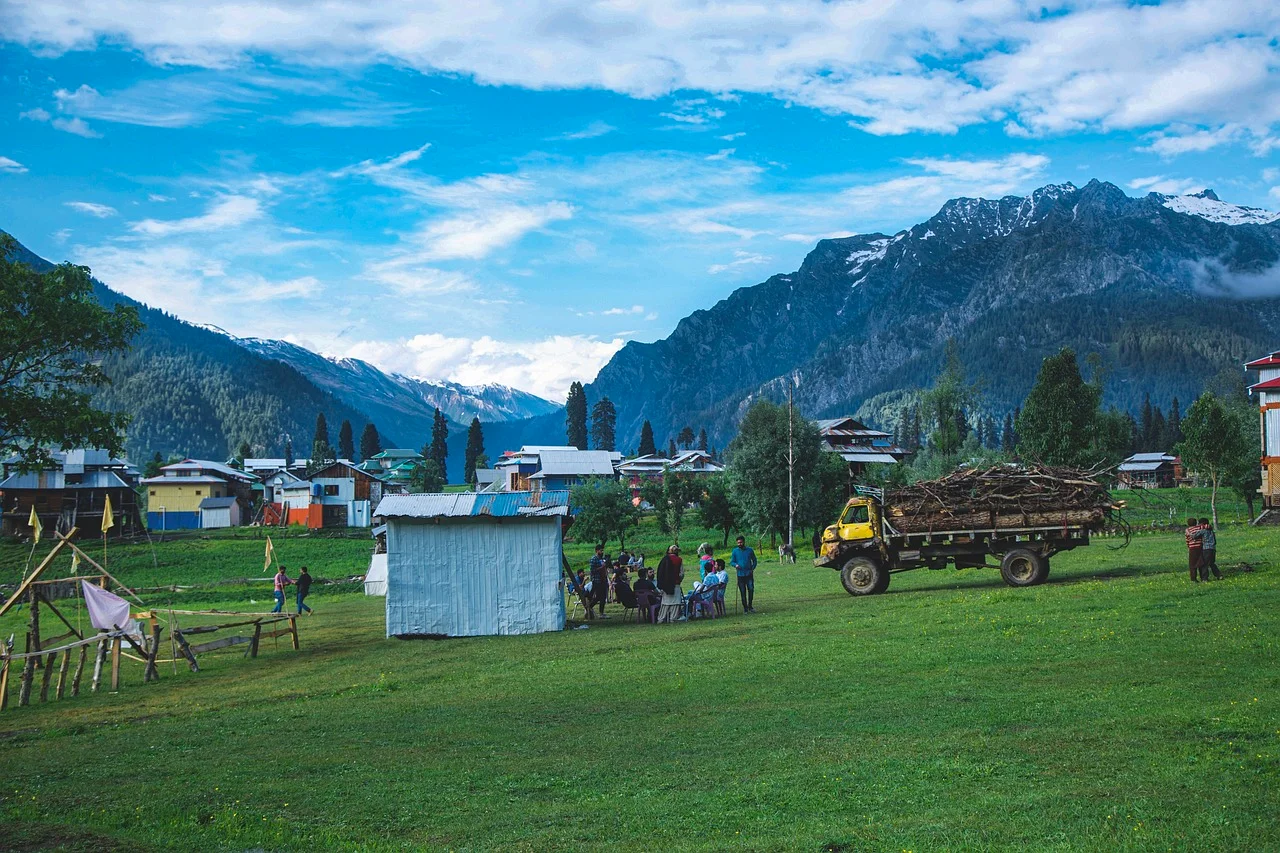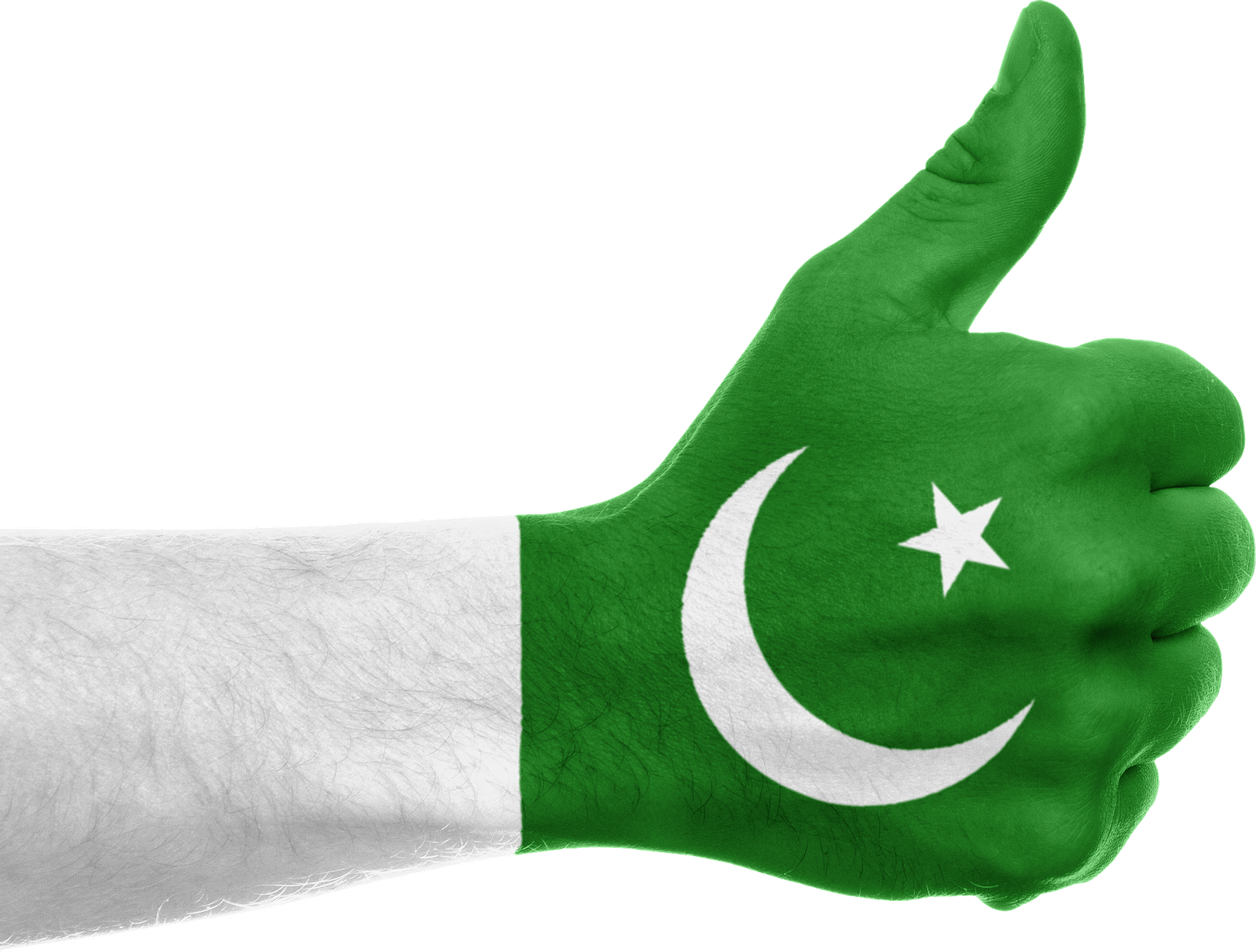AJKPSC Examination For the Post Of Assistant Professor and Lecturer English
(1) In which language the stories of Canterbury Tales are written?
- (a) French (b) Latin
- (c) Middle English d) Engish
(2)For how many years have Dr. Faustus promised happiness through the Devil?
- (a) Sixteen(16) (b) Twenty Four(24) (c) Eighteen(18) (d) Twenty(20)
(3) Which century is known as the “Dawn of Renaissance?
- (a)Fifteen (b) Fourteen (c) seventeen (d) Fourteenth and Sixteenth
(4) Which poet was the first who use metaphysical poetry among his contemporaries?
- (a) John Donne (b) Edmund Spencer
- (c) Philip Sidney (d) Milton
(5) In the poem of Coleridge “The Rime of ancient Mariner? Where were three Gallants going?
- (a) A wedding (b) A funeral (c) To the races (d) Market
(6) in 1960 The Colossus” was the first book of poems published by which poetess?
- (a) Elizabeth (b) Mariane Moore
- (c) Sylvia (d) Angelou
(7) William Shakespeare was born in the year
- (a) 1592 (b) 1564 (c) 1582 (d) 1578
(8) Identify the novel in which the character of Charlotte Lucas figures.
- (a) Expectancies (b) Lord of flies
- (c) Pride , prejudice (d) power and glory
(9) the father of Desdemona was?
- (a) Othello (b) Brabantio (c) lago (d) Gratiano
(10) Othello was a …………………..
- (a) General of England (b) Prince of England
- (c) General of Denmark (d) Prince of Denmark
(11) Which period of literature came first?
- (a) Regency (b) Victonan (c) Romantic (d) Restoration
(12) ‘Paradise Lost” Was published?
- (a) 1667 (b) 1660 (c) 1654 (d) 1658
(13) Satan’s name before they fell down from Heaven was ……………..
- (a) Belial (b) Lucifer (c) Michael (d) Beelzebub
(14) For concept in writing “Paradise lost” Milton says he depends on ……………….
- (a) Wine (b) The Son
- (c) His favorite pen (d) The Holy
(15) which is the longest ebook of “Paradise lost”?
- (a) IX (b) VIII (c) X (d) I
(16) “splendor is fact, truth splendor” in which work you examine it?
- (a) Adonais (b) Ode to autumn
- (a) Ode on a Grecian Urn (d) Bright star
(17) “In Xanadu did Kubla Khan Who wrote this book”?
- (a) Coleridge (b) Browning
- (c) Keats (d) Whitman
(18) What literary device is employed when a statement is exaggerated in a poem?
- (a) Onomata poeia (b) Metonymy
- (c) Alliteration (d) Hyperbole
(19) 30 November…………..Philip Sidney become Born.
- (a) 1550 (b) 1555 (c) 1554 (d) 1553
(20) In whose reign did Morality Plays begin?
- (a) Henry Five (b) Elizabeth One
- (c) Henry Six (d) Henry Eight
(21) Which of the subsequent is referred to as as the “infant of Renaissance”?
- (a) Spencer (b) Marlowe (c) Milton (d) Johnson
(22) In pride and prejudice we initially dislike but later tend to like.
- (a) Mr. Bennet (b) Wickham
- (c) Bingley (d) Darcy
(23)Historical occurrences frequently impact literature. Which of the subsequent events did not take place during the Restoration period
- (a) The French Revolution (b) Charles II was restored to the throne
- (c) The Exclusion Bill Criss (d) The Great Fire of London
(24) Which of the following literary sub-periods does not fall under the neoclassical period?
- (a) The Restoration (b) Augustan Age
- (c) Jacobean Age (d) The Age of Sensibility
(25) Which devil is the main architect of pandemonium?
- (a) Beelzebub (b) Belial (c) Mulciber (d) Mammon
(26)Which piece of literature exhibits the superficiality of stylish London?
- (a) Defoe’s Robinson (b) Swifts Gulliver
- (c) Oroonoko (d) Pope Rape of Lock
(27) Thomas Wyatt is one of the earliest English poets of …………………..
- (a) Renaissance Age (b) Victorian Age
- (c) Romantic Age (d) Restoration Period
(28) Clym Yeobright is a character from …………………..
- (a) Pride ,Prejudice (b) Return of Native
- (c) A tale of two cities (d) G. Eliot
(29) Gullivers Travels was written by ……………………
- (a) Arthur Conan Doyle (b) G. Eliot
- (c) Jonathan Swift (d) Earnes Hemingway
(30) Galileo Galiti consisted of ………………… scenes
- (a) Sixteen (b) Thirteen (c) Fifteen (d) Fourteen
(31) The intention of tragedy is to bring about catharsis of the spectators? Who wrote the ones traces?
- (a) Plato (b) Philip Sidney
- (c) Ben Johnson (d) Aristotle
(32) In the poem “Morning song” Sylvia Plath certainly used to develop the theme of motherhood.
- (a) Unique figurative language (b) Similes and metaphors
- (c) None of these (d) Blank Verse
(33) In the novel Jazz by Tony Morrison, was called the “Bird Lady’?
- (a) Alice (b) Felice
- (c) Violet (d) Vera Louise Gray
(34) The name of Hedda Gabler’s Servant was ………………..
- (a) Berte (b) Mrs. Elvested
- (c) Ejlert Lovborg (d) Juliane Tesman
(35) The protagonist of the novel “Heart of Darkness” is ……………………
- (a) Kurtzs (b) fashionable manager (c) Marlowe (d) Brick maker
(36) who is the first man or woman Abigail accused of witchcraft within the play “The Crucible
- (a) Betty Paris b- Tituba
- (c) Elizabeth Proctor (d) Marry Women
(37) Oedipus send Creon Where?
- (a) Olympus (b) Thebes (c) Athens (d) Delphi
(38) The characters of Oidi and gogo appears in the………………… play.
- (a) Gabler (b) Crucible
- (c) Godot (d) Galileo
39) “The Sea” by Edward bond was set in ……………
- (a) North coast of England
- (b) East coast of England
- (c) Coast of Ireland
- (d) Rural background of Eastern France
(40) An artistic attempt to bridge together reality and the imagination is known as ……………….
- (a) idealism (b) Realism (c) Surrealism (d) Secularism
(41) TS. Eliot wrote his essential essay entitled “culture and the individual skills within the 12 Months
- (a) 1922 (b) 1920 (c) 1919 (d) 1921
(42) Adrienne rich’s poem …………………may be examine as a criticism of patriarchal society that has variously silenced and disregarded the realities and memories of woman
- (a) Aunt Jennifers Tigers (b) Final Notation
- (c) Gabriel (d) Diving into the wreck
(43) According to the poem Still Citizen Sparrow by Richard Wilbur, “Noah” participated in …………………..
- (a) physical cleaning of earth (b) ethical cleaning of the earth
- (c) Materialistic cleaning of society (d) physical cleaning of society
(44) The main theme of John Ashbury’s, ………………….. poem is the life is a perpetual journey into the unconscious regions of human mind which brings up a new perspective each time an activity is stirred.
- (a) Painter (b) After the rest bulletin
- (c) Melodic train (d) Final Notation
(45) The poet of the poem “London” is ……………….
- (a) William Blake (b) ST Coleridge
- (c) John Keats (d) WB Yeats
(46) The …………………..poem by William Blake is about repressing anger and failure to communicate the wrath to one’s foe and how this continues to grow until it develops into poisonous hatred
- (a) Holy Thursday (b) A Divine Image
- (c) A poison tree (d) The Tyger
(47) Mrs. Ramsay is the protagonist of the novel “To the light house” by Virginia wolf. but ………………….seams more accurate to be described as the protagonist to the end
- (a) Mr Ramsay (b) Lily Briscoe
- (c) Charles Tensley (d) James Ramsay
(48) The verse from of ‘The Rape of the lock is …………………….
- (a) Free verse (b) Spenserlan stanza
- (c) Heroic Couplet (d) Blank verse
(49) The character of Belinda in the Rape of the lock is based on histerical…………….. member of Popes circle of Prominent Roman Catholics
- (a) Arbella Femtor (b) Clarissa
- (c) Thalesins (d) Momernilla
(50) The sylph who was assigned to guaro Basica’s ‘tavounte Lock was…………….
- (6) Brillante (b) Anel (c) Cnspissa (d) Momgeneria
(51) Trolope’s novel Earchester Towers was published in …………
- (a) 1650 (b) 1857 (c) 1858 (d) 1800
(52) Adam Bede was ………………. a by profession
- (a) Poet (b) Blacksmith (c) Campenter (d) Soldier
(53) Dinah Moris was a …………………in the novel ‘Adam Bede
- (a) Housewife (b) Methodist (c) Protogenist (d) Servant
(54) The two cities in “A Tale of two ities are London and …………………….
- (a) Rome (b) Manch ster (c) Padua (d) Pans
(55) Lucie Manette was married to ……………………
- (a) Charles Damay (b) Jarvis Lorry (c) Defarge Ernest (d) Jeremy Cruncher
(56) The poem “Ambulances” is writter by…………………..
- (a) Heaney (b) Hughes
- (c) Yeats (d) Philip
(57) In the poem “Ambulances” ……………………is described as a “Solving emptiness”
- (a) Human being (b) Death
- (c) Life (d) Ambulance
(58) The poem “1914” was completed in……………….
- (a) 1914 (b) 1970 (c) 1960 (d) 1945
(59) The poem “Tolland Man’ is written by ……………………
- (a) Seamus (b) Keats (c) Sylvia (d) Hughes
(60) The main theme of the poem “Tolland I an” is the man was put to death as by doing so
the …………………..
- (a) The person was punished
- (b) Fertility of the crops could be impoved
- (c) The law is enforced
- (d) None of these
(61) The mysterious character of “Pathar Nadi” is a character of the novel ………………….
- (a) The voice (b) The Mummy
- (c) The River between (d) The property of women
(62) The old man is a symbol of crowd due to his constant motion in “The man of the crowd”
- (a) Death (b) Class difference
- (c) Life (d) Crowd
(63) The short story “The Dead” by James Joyce takes place in ……………….
- (a) London (b) Dublin (c) Pans (d) Rome
(64) Anel was the second book of……………………. poetry to be published
- (a) Sylvia (b) Adrienn (c) Richard (d) Ashbury
(65) Laputa is a flying island described in the novel ………………..
- (a) Pride and prejudice (b) Adam Bede
- (c) The Retum of the Native (d) Gullivers Travels
(66) ………………… is Farcical comedy in which the protagonists maintainfictitous personae to escape burdensome social obligations
- (a) Oedipus Rex (b) Dr.Faustus
- (c) The importance of Native (d) Othello
(67) The poem “After the last bulletin” by Richard Wilbur consists of…………….. stanzas.
(68) Bertrand Russell’s “Unpopular Essays were at the beginning published in……………….
- (a) 1945 (b) 1950 (c) 1951 (d) 1948
(69) Underlying subject matter in …………………..Divine love and Sympathy with the aid of William Blake is the all pervading presence of Divine Love and Sympathy
- (a) A divine Image (b) The sick rose
- (C) The Tyger (d) Songs of innocence
(70) Twilight in “Twilight in Delhi symbolizes,……………….
- (a) Colonialism
- (b) Muslim culture
- (c) Struggle of Muslims to identify their culture
- (d) Independence movement
(71) The protagonist of the novel “Twilight in Delhi” is……………………
- (a) Asghar (b) Mir Nihal (c) Babban Jan (d) Bilqeece
(72) The poem “Final Notation” is written by………………….
- (a) Adrienne Rich (b) Sylvia Plath
- (c) John Keats (d) ST Coleridge
(73) the primary theme of the play “The Wintry Weather’s Story” via Shakespeare is……………………
- (a) Fight (b) Jealousy (c) Love (d) Death
(74) The fast tale “The Diviner” by way of mind Friel became set in, the village of………………….
- (a) America (b) Ireland (c) France (d) England
(75) Nelly Devenny in the tale “The Diviner” was married after her husband’s death to ………………..
- (a) Mr Doherty (b) A Priest
- (c) A Diviner (d) None of these
(76) Phonetics is the have a look at of the sounds of language. What can we call to this sounds?
- (a) Morphemes (b) Phonemes
- (c) Syntax (d) Lexicology
(77) what is the examine of language as it pertains to social instructions, ethnic organizations and genders?
- (a) Sociolinguistic (b) Linguistic
- (c) Linguistic (d) Psycholinguistic
(78) It is the study of the meaning of languages
- (a) Psycholinguistics (c) Linguistics
- (b) Syntax (d) Semantics
(79) It is the study of language from a cognitive and developmental law
(80) The study of the sound system of a language how the sounds integrate to encode information and the contrast of such system from one another
- (a) Syntax (b) Morphology
- (c) Phonetics (d) Phonology
- (e) Semantics
(81) A type of writing in which symbol represent pronounciation of syllables?
- (a) Rebus writing (b) Syllabic writing
- (c) Alphabetic writing (d) Phonotactics
(82)………………. is put into use? refers to actual use of tanguage or how our knowledge of the language is put into use?
- (a ) Linguistic performance (b) Descriptive grammar
- (c) Linguistic (d) Linguistics competence
83) The study of fanguage as it changes through time tracing a word back to its orngine and deconstructing languages which are no longer spoken?
(84) The abstract system of interrelated science that makeup a language science and their relationships to one another as they are combined in sentences.
- (a) Syntax (b) Parole
- (c) Langue (d) Logograms
(85) Meaning of words and how to use them.
- (a) Semantics (b) Syntax
- (c) Morphology (d) Pragmatics
(86) Goes beyond the study of individual languages to determine what constructs or needed in order to do any kind of grammatical analysis
- (a) Theoretical grammar (b) Reference grammar
- (c) Traditional grammar (d) Descriptive grammar
(87) The ideational function of language is ………………….
- (a) To express identity (b) To make jokes (c) To communicate meaning (d) To perform magic
(88) The technical term for body language is ……………..
- (a) Nonverbal communication (b) Semiotics
- (c) Zoosemiotics (d) Linguistics
(89) What is kinesics?
- (a) The study of tone voice
- (b) The study of touch communication
- (c) The study of smell & taste
- (d) The study of non-verbal communication
(90) The term uses to describe the creative capacity of language to invent new words and sentences iS ………………
- (a) Proxemics (b) Duality
- (c) Productivity (d) Linguistics
(91) The two levels of language referred by the term duality is ……………….
- (a) Phonetics and phonology
- (b) Sound and meaning
- (c) kinesics and proximix
- (d) Morphology and syntax
(92) The words best describe the focus of pragmatics is ………………..
- (a) Meaning (b) Choice
- (c) Structure (d) Sense
(93) Which question about language use does pragmatics Icy to answer?
- (a) What (b) When (c) Where (d) Why
(94) The factor which is omitted in an account of French tulvous which take any of versta plural is …………………
- (a) Grammar (b) Pronunciation (c) Audienced (d) Meaning
(95) The term for that part of a passive sensince which says who of the…………………..
- (a) Object (b) Subject (c) Verb (d) colluse
(96) The word which stresa ton of voice is ……………….
- (a) Vespers (b) Word (c) Syllabio (d) Consmanl
(97) Which of these not a type of lagunitics?
- (a) Hatoncal (b) Personal
- (C) Comparative (d) SynchroDIC
(98) To which of these people language is a means to enterpret human experiences?
- (a) Anthropologist (b) Sociologat
- (c) Philosopher (d) Students of iterature
(99) Which of these is not a level of language?
- (a) Phonology (b) Grammar
- (C) Semantics (d) Syntax
(100) which of those terms check with the take a look at of speech sounds of a given language and me characteristic inside the sound system of that language?
- (a) Phonetics (b) Phonology
- (c) Syntax (d) Morphology




